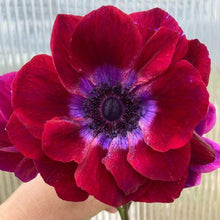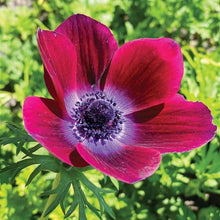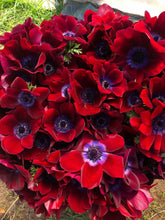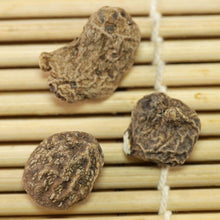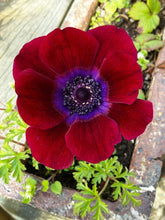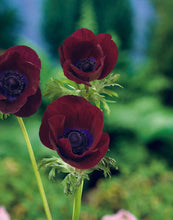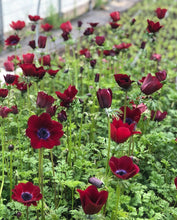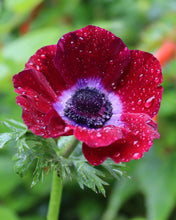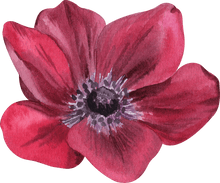
Native to the Mediterranean, Coronaria anemones, or poppy anemones (sometimes called windflowers) naturalize easily and make a stunning view when planted en masse in the garden border or container.
This listing is for the sale of corms, not flowers, which are like little bulbs in that all the energy of the plant is stored in one compact place.
🇫🇷 The "Carmel" anemone series is a genetic advancement from the French "Galilée" anemone series with bigger flowers and stronger stems. It is one of the first flowers to bloom in spring and provides weeks of cut flowers. Each corm can produce 15-20 flowers!
Anemone "Carmel Vin" in French, commonly called "Carmel Bordeaux" in English has velvety burgundy colored flowers, combining shades of chocolaty-maroon with purple-wine colored centers.
- Scientific name: Anemone Coronaria
- Bulb size: 3/4
- Flower size: 5 cm diameter
- Plant height: 45 cm
- Light: full sun
- Soil: light, loamy, sandy
- Rate of growth: average (generally takes 2 months to sprout and 3 months to flower)
- Flowering period: Spring
- Use: Containers, rock gardens, woodlands, long-lasting bouquets
- Hardiness: USDA Zones 7 - 10 as perennials (annuals anywhere)
- Warning: Can be toxic to dogs and cats









